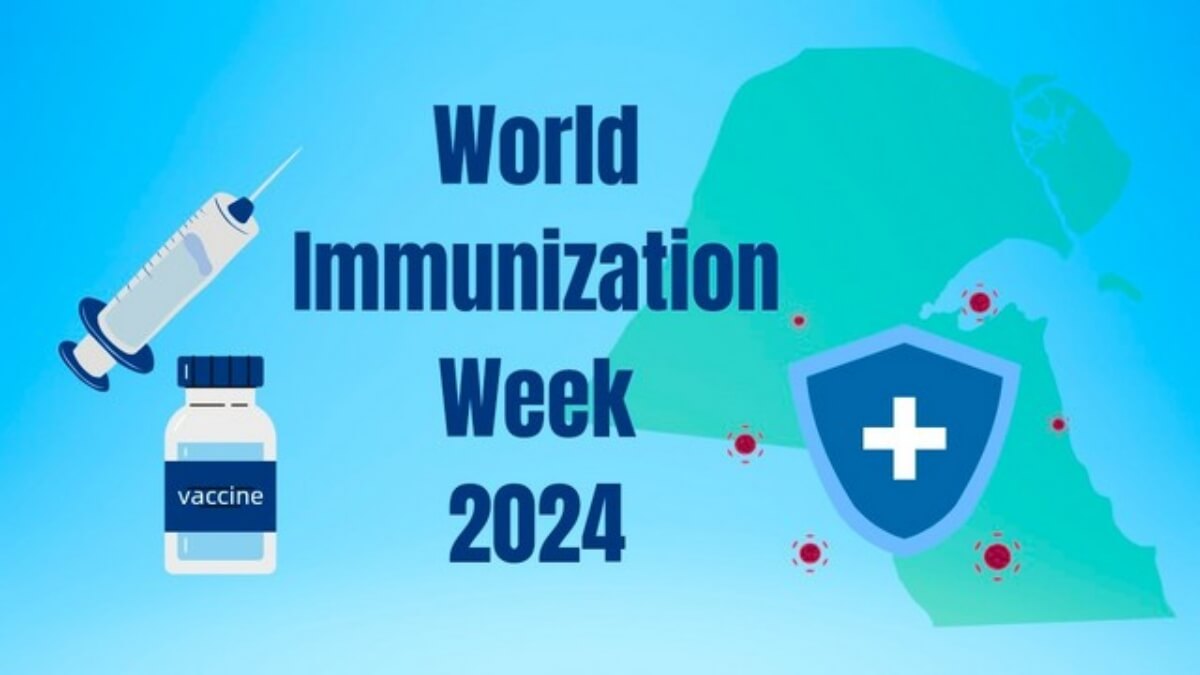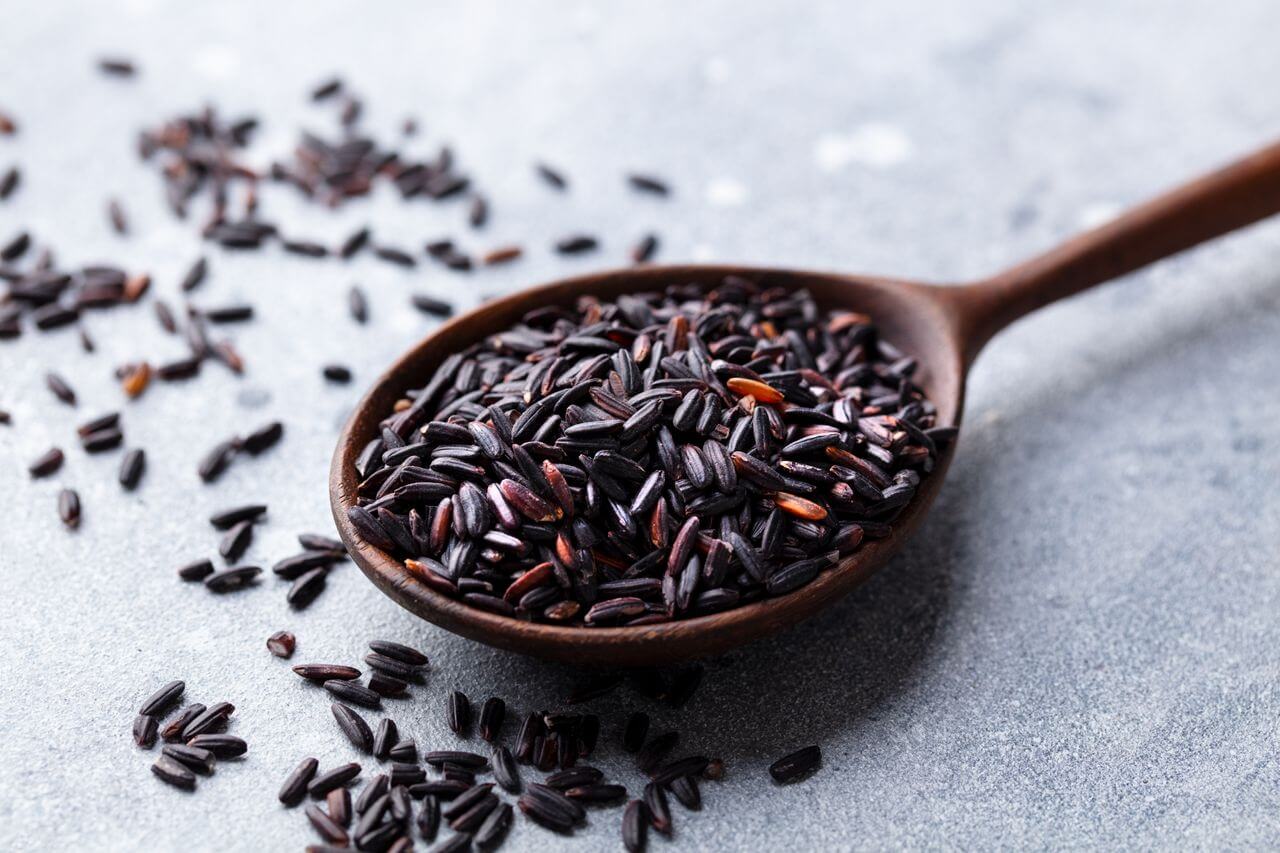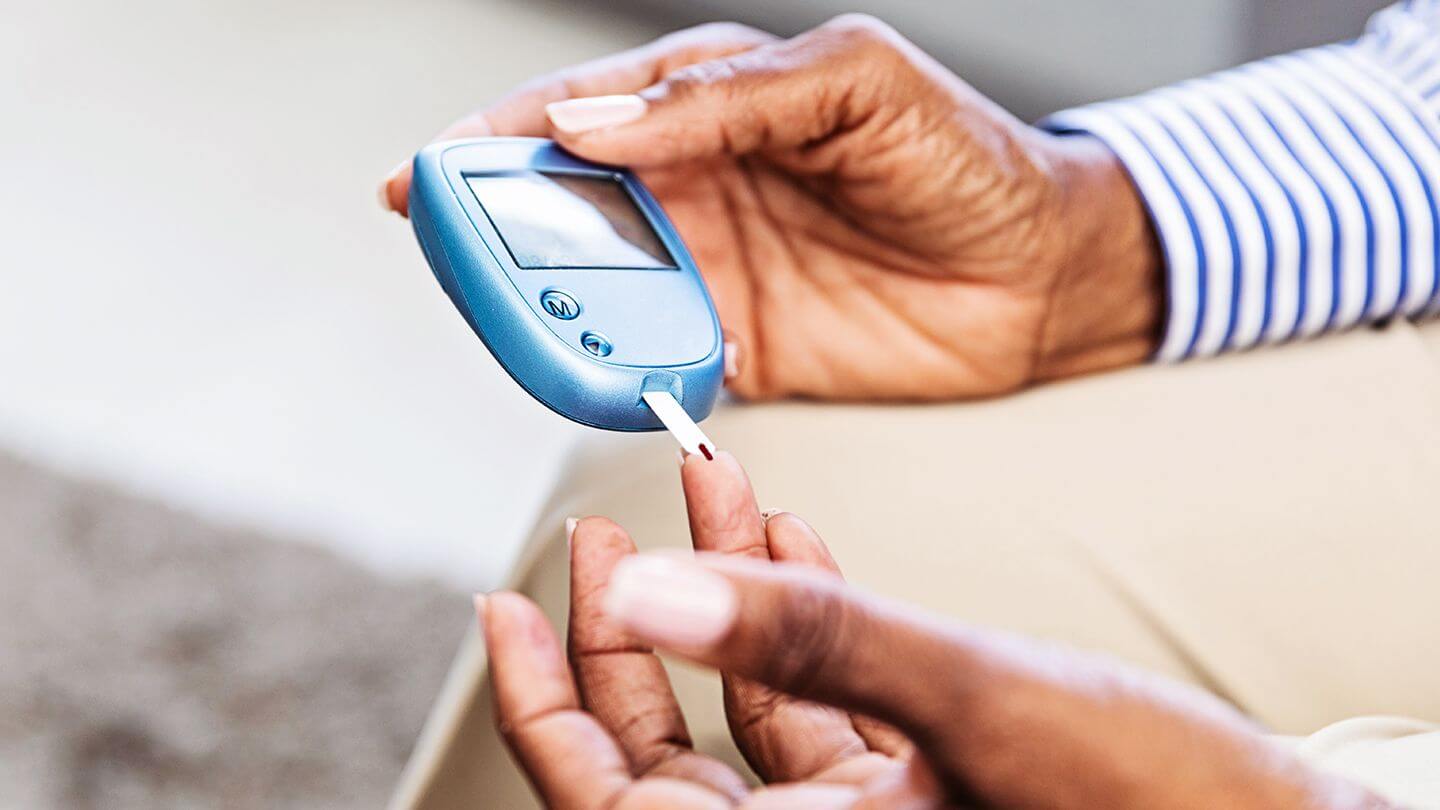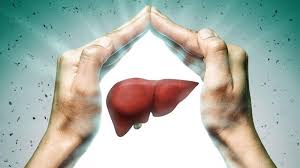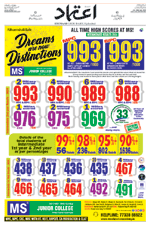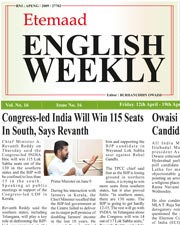TOP 3 AFIB TREATMENTS, SOLUTIONS, MORE
Mon 23 Jan 2017, 23:03:20
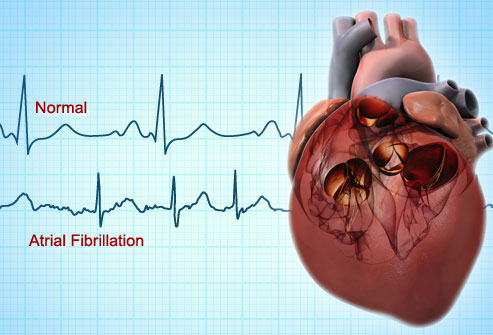
Atrial fibrillation is a type of arrhythmia in which the upper chambers of the heart (the atria) beat erratically. This erratic beating can be extremely fast, reaching more than 300 beats per minute, which prevents blood from circulating freely from the atria into the lower chambers of the heart, known as the ventricles. Atrial fibrillation can be a one-time event, a recurring issue or a permanent condition. A major consequence of atrial fibrillation is a stroke. A person's age and the specific cause of chronic atrial fibrillation can make them five to 17 times more susceptible to a stroke. Blood clots can form as a result of turbulent blood flow and when blood is static for a prolonged time. Both of these conditions occur during AFib, when the heart is beating erratically. Should a clot form and move from the heart to block a blood vessel in the brain, a stroke can occur. These days, there are many stroke treatments that can make a big impact in terms of getting a person's heartbeat back to normal. The top stroke treatments worth paying attention to include rhythm control, rate control, and antiarrhythmic drugs, among many others. Learn all about AFib and the best ways to regain control over with controversial treatment options:
Diseases that affect the structure of the heart and take a toll over time can cause atrial fibrillation. An example would be high blood pressure. If it is not treated, the heart must work harder to keep the blood flowing normally through the body. When the heart muscle works harder than normal, it increases the size of the heart. Then its muscles begin to stiffen, which increases the chance of developing afib. Other factors and causes of afib include diseases that affect the heart valves, swelling or fluid around the heart and problems with the heart's electrical conduction system. A person who has had a heart attack is at risk of afib. Some conditions that don't affect the heart directly can cause atrial fibrillation, such as overproduction of thyroid hormones or lung diseases and infections, including pneumonia. There are certain risk factors that increase your chance of getting this disease. Genetics and family history, high blood pressure, high cholesterol, heart disease, diabetes, unhealthy diet, physical inactivity, obesity, stress, to much alcohol, nicotine and caffeine have all been identified as contributors to Afib and are considered stroke risk signs not worth ignoring..
Researchers have even identified what they call Holiday Heart, a condition in which generally healthy young people have episodes of atrial fibrillation. It is so named because it is usually detected during the holiday season or graduations and weddings or other times that are cause for celebration. Holiday Heart usually starts with afib that comes on suddenly and stops suddenly, making people feel dizzy and short of breath. Generally, these episodes occur because the people have a very high sensitivity to alcohol consumption. Holiday Heart often is brought on by binge drinking, but some people are so sensitive that just two or three drinks can be the trigger.
People who have atrial fibrillation often feel palpitations, feeling the heart beating extremely fast. Sometimes, afib can be so severe that the blood flow through the heart chambers is impaired and a person can faint, experience chest pain or even feel as if they are choking.
Health care professionals can easily diagnose atrial fibrillation by using an electrocardiogram (EKG). If a person is experiencing afib, the EKG results will show that the heart is beating rapidly and irregularly. The upper chambers of the heart will contract between 300 and 500 times per minute and the contractions by the heart's lower chambers will
occur between 120 and 170 times per minute. (The contractions of the lower chambers can also be measured in the person's pulse.) Some people experience afib that comes and goes. In that case, the health care professional will ask a person to carry a portable heart monitor for one or two days to record the heart's actions. Such a monitor can detect even brief periods of afib.
occur between 120 and 170 times per minute. (The contractions of the lower chambers can also be measured in the person's pulse.) Some people experience afib that comes and goes. In that case, the health care professional will ask a person to carry a portable heart monitor for one or two days to record the heart's actions. Such a monitor can detect even brief periods of afib.
While treatment options are somewhat controversial due to health professionals debating on which options is the best way to treat afib, health care professionals generally approach treatment in a few ways. The rhythm-control approach has the goal of getting a person's heart rhythm back to normal and maintaining it. A person's circumstances will dictate if this is the right approach. If the cause of the afib is reversible, then treatment of the underlying cause will prompt the heart rate to return to normal. This can work when a person has hyperthyroidism, pneumonia, a blood clot in the lung or has used a stimulant and then suffered afib. Rhythm control is generally effective for people who have underlying cardiac problems or whose atrial fibrillation is quite recent or intermittent. It has been shown to be best for people with conditions such as hypertension and aortic stenosis, which put the heart's functions at extreme risk during afib.
Health professionals and patients who opt for the rhythm-control approach might try antiarrhythmic drugs, which can cause side effects such as allergies and insomnia, but worse, can actually cause cardiac arrhythmias that are fatal. Health providers might also consider an ablation procedure, during which the cause of a person's afib is mapped, localized and destroyed. This is usually done by cauterizing an area of cardiac muscle. This procedure is generally effective, but also carries significant risks, including perforation of the heart wall, extensive bleeding and a heart attack or stroke.
Some people with atrial fibrillation will respond best to an approach known as rate control. This approach takes the view that afib is "normal" aimsto control the heart rate with blood thinners to reduce the risk of stroke. Those who have chronic or persistent afib face long odds of having their normal heart rhythms successfully restored, and studies have shown that they don't usually achieve success by using antiarrhythmic drugs. For these patients, rate control therapy is a safer, more effective treatment.
Visitors to the National Institutes of Health's National Institute of Neurological Disorders and Stoke can get information on afib and stroke via reading or listening. This site offers publications, news and research literature, along with information about organizations and professional societies dedicated to curing atrial fibrillation, clinical trials and governmental resources. The information is presented in English and Spanish. About Health is a Web site that maintains information on atrial fibrillation and how it causes strokes. WebMD has pages dedicated to living with atrial fibrillation, facts, risks and diagnosis, as well as categories for family members of people with afib, including medical care, serious symptoms, signs of afib and stroke and living well with afib.
StopAfib.org not only carries information on atrial fibrillation and the problems it can cause, it produces a regular newsletter and has a blog and forum for discussions. The site also has sections that point out warning signs and risk factors of stroke and tackles quality of life issues. Readers will also find information of afib management, events, resources for patients and caregivers, finding afib services and ways to donate to the fight against afib. AFIB Town is a personalized digital experience for people with afib.
No Comments For This Post, Be first to write a Comment.
Most viewed from Health
AIMIM News
Asaduddin Owaisi files nomination papers on Friday
Apr 20, 2024
Owaisi Begins Election Campaign in Hyderabad
Apr 13, 2024
Bring back Indian workers in Israel: Owaisi
Apr 13, 2024
Latest Urdu News
Most Viewed
May 26, 2020
Do you think Ruturaj Gaikwad would be a good captain for Chennai Super Kings?
Latest Videos View All
Like Us
Home
About Us
Advertise With Us
All Polls
Epaper Archives
Privacy Policy
Contact Us
Download Etemaad App
© 2024 Etemaad Daily News, All Rights Reserved.



